At the Labirinto della Masone a major exhibition on Futurist aeropainting with one hundred works
An exhibition onFuturist Aeropainting: it is scheduled from April 9 to September 18, 2022 at the Labirinto della Masone in Fontanellato (Parma), is entitled Dall’alto. Futurist Aeropainting, and is curated by Massimo Duranti with the collaboration of Andrea Baffoni. It is an exhibition consisting of a hundred works to explore this futurist development that characterized Italian painting in the early decades of the 20th century. Landscapes, planes, visions from above sometimes dilated, distorted or even upside down: this is found in Aeropittura works that with synthesis and essentiality exalted the speed, movement and simultaneity of flight as a physical act and as a state of mind. This Futurist specification saw its consecration in 1931 with a dedicated manifesto signed by Balla, Depero, Dottori, Benedetta, Fillia, Somenzi and Tato, but by the mid-1920s it had already begun to spread among some Futurist painters.
Aeropittura is a modern and intriguing form of landscape painting, all-Italian. It originated as a development of Futurism, undoubtedly the most important Italian artistic avant-garde of the twentieth century, which from 1909 onward would involve all the major Italian artists in multiple variations until the end of World War II. The interest in the pictorial rendering of movement and speed is a hallmark of all Futurist art, and the fascination with flight and aerial views is found again and again in the 1920s, until it takes on official status at the end of the decade from a 1928 text by Mino Somenzi and a 1929 article by Filippo Tommaso Marinetti. The success of Aeropittura was such that in 1939, for the III Quadriennale d’Arte Nazionale, a group exhibition entitled precisely “Futurist Exhibition of Aeropainters and Aerosculptors” was to be held, and for the occasion Marinetti wrote an introduction in which he analyzed this trend extensively for the first time, classifying the movement into four pictorial and two aerosculptural declinations. It is precisely with this text that the exhibition at the Labirinto della Masone is compared, which aims to highlight the peculiarities of the Aeropittura artists, who evolved the concepts of speed and dynamism by no longer limiting themselves to trains, cars or motorcycles, but by challenging the skies and appropriating physical and mental visions that were absolutely innovative for the world of the time.
The works presented at the Masone Labyrinth exhibition are numerous, to better render the facets of the style of the movement’s protagonists: about a hundred by over thirty artists where painting prevails, but there is no shortage of drawings, watercolors, medium-sized graphics and even some aerosculptures such as those by Renato Di Bosso, Umberto Peschi and Mino Rosso. The most important protagonists of this current are all represented in the exhibition, such as Gerardo Dottori, with the large canvases Incendio in città and Volo sull’oceano, Osvaldo Peruzzi, Fillia, Enrico Prampolini and his works that tend toward a totally personal abstraction; there is no shortage of airplanes skillfully portrayed by Tullio Crali and Tato. Also present are the great masters Giacomo Balla and Fortunato Depero who, although they were not aeropainters in the strict sense of the word, signed the manifesto and experimented with aerial perspectives numerous times. Also present are the Futurist women-Benedetta Cappa Marinetti, Leandra Angelucci Cominazzini, Barbara, Marisa Mori-a sign of a unified movement that involved men and women alike, all fascinated by the new technologies and the representational possibilities they offered.
Also on display is the last of the aeropainters, Guido Strazza, who turns 100 this year. As a young man he met Marinetti, who, after seeing some drawings, invited him in 1941 to an exhibition of Futurists at Palazzo Braschi and the following year to the Venice Biennale. Eight drawings in the exhibition document that brief futurist season of his, before he landed on an abstractionism of sign that made him world famous.
The exhibition at the Labirinto della Masone aims to be a systematic reconnaissance of this movement, which involved some of the leading Italian artists of the first half of the 20th century, and it also wants to highlight its specificities vis-à-vis the other currents that developed from Futurism. A new volume by Franco Maria Ricci Editore dedicated to this theme will be released in conjunction with the exhibition.
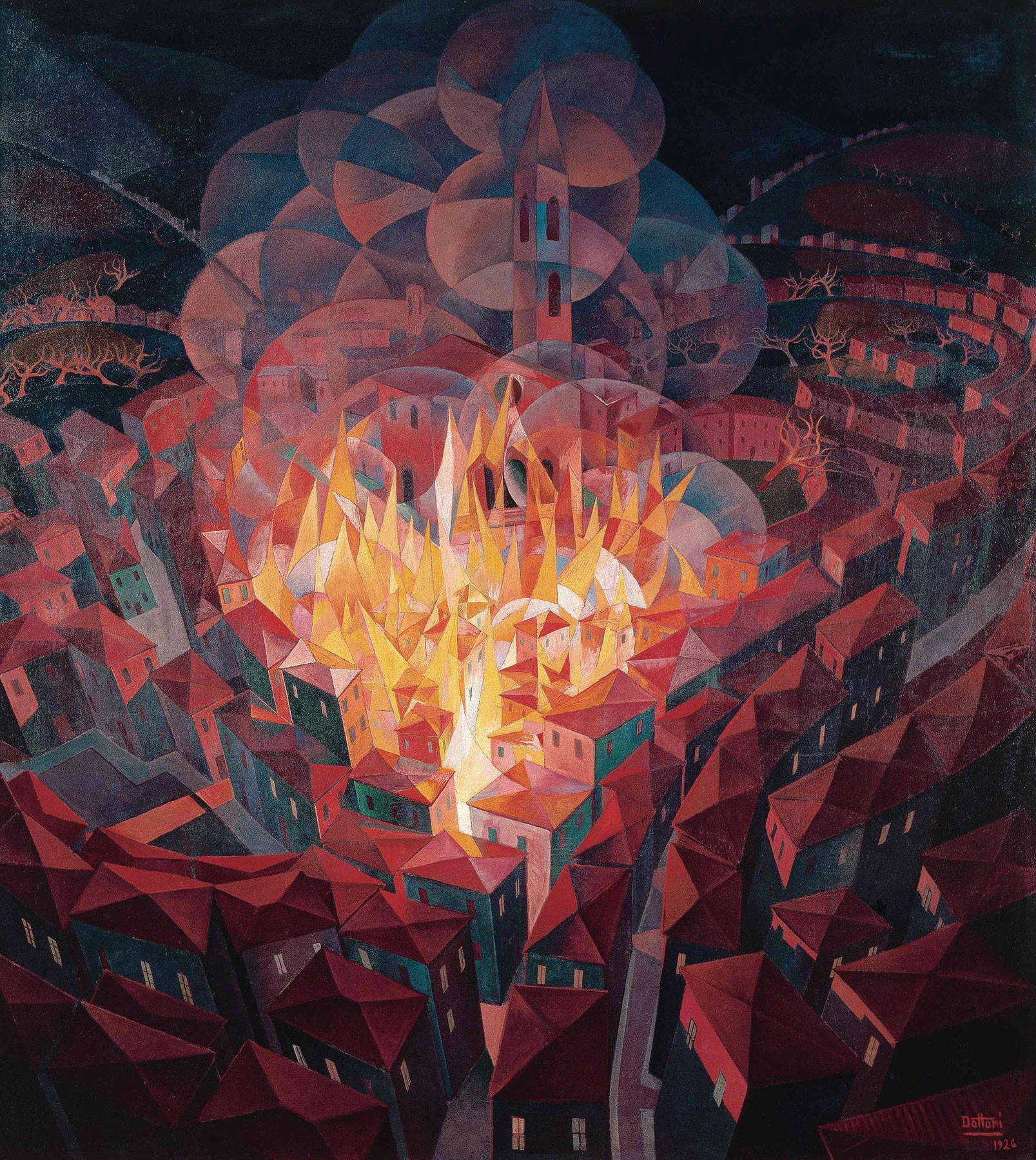

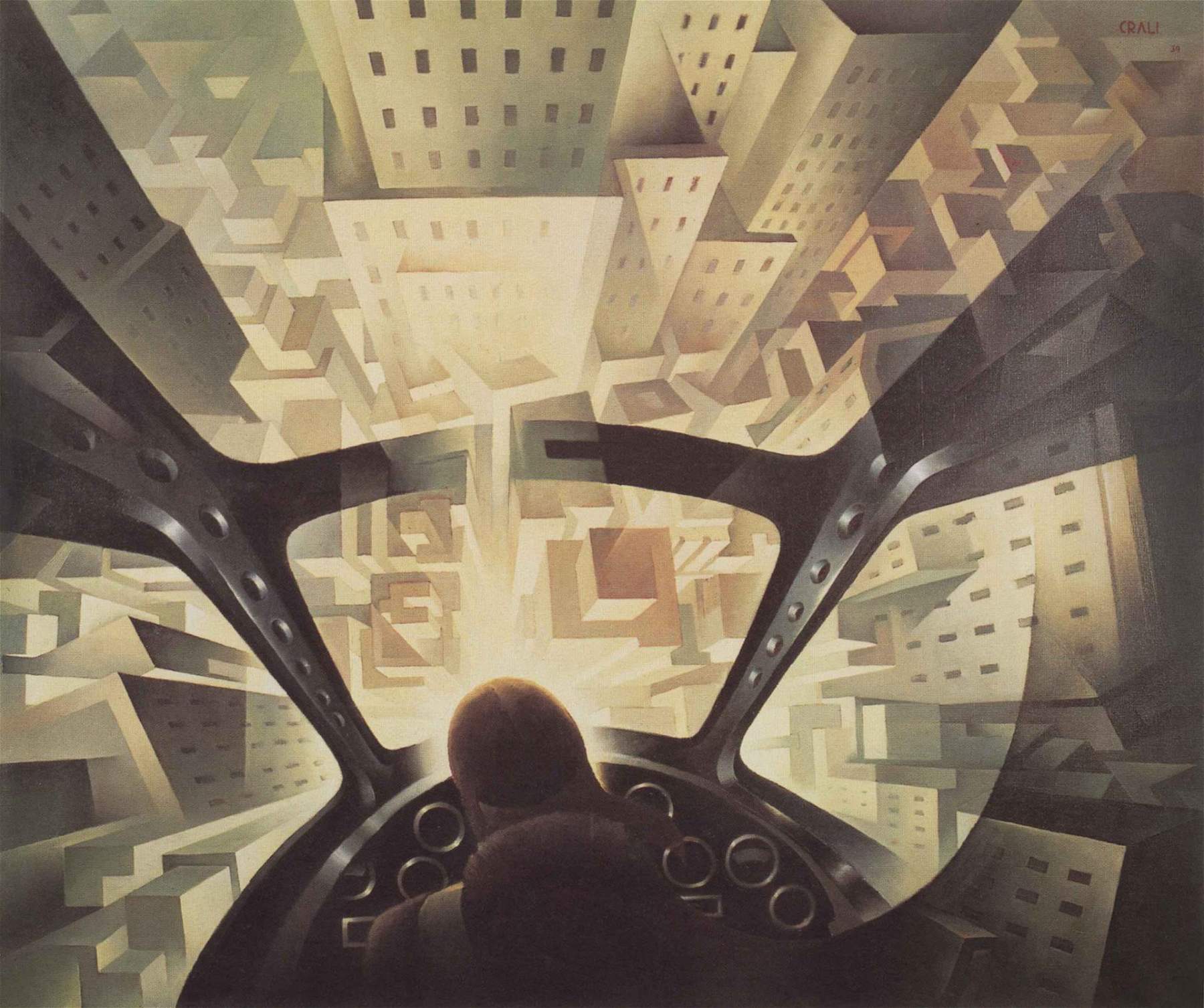
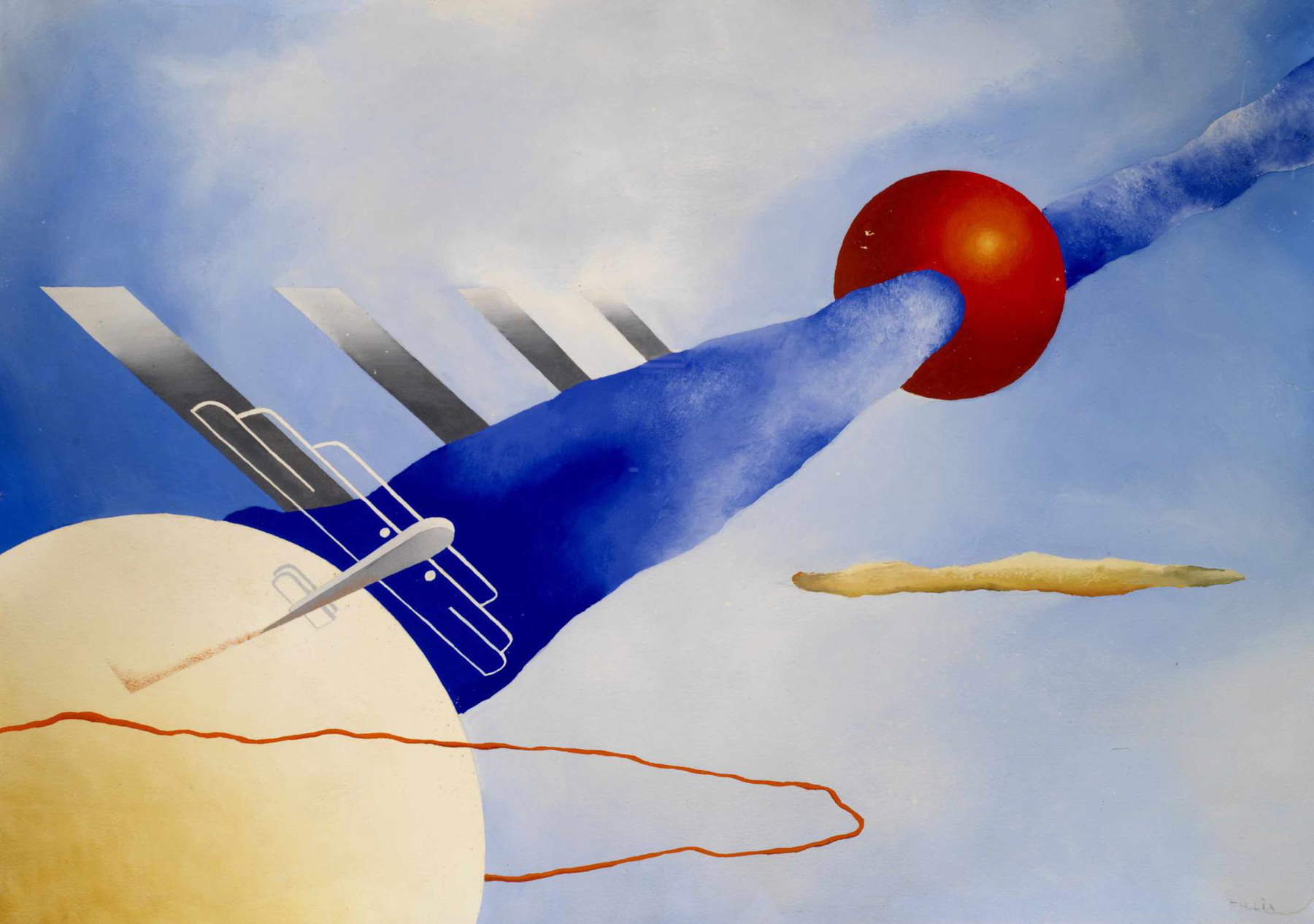
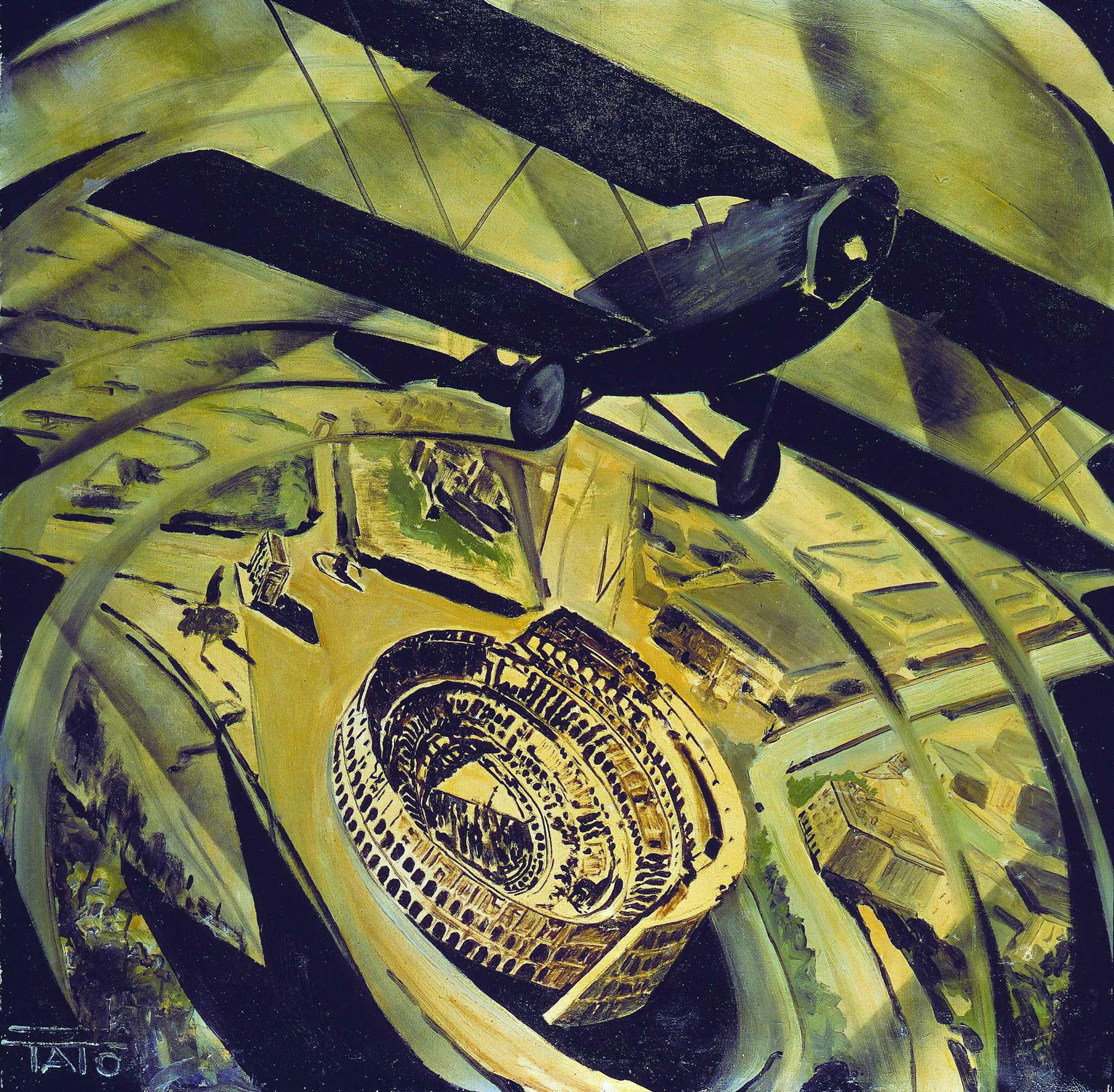
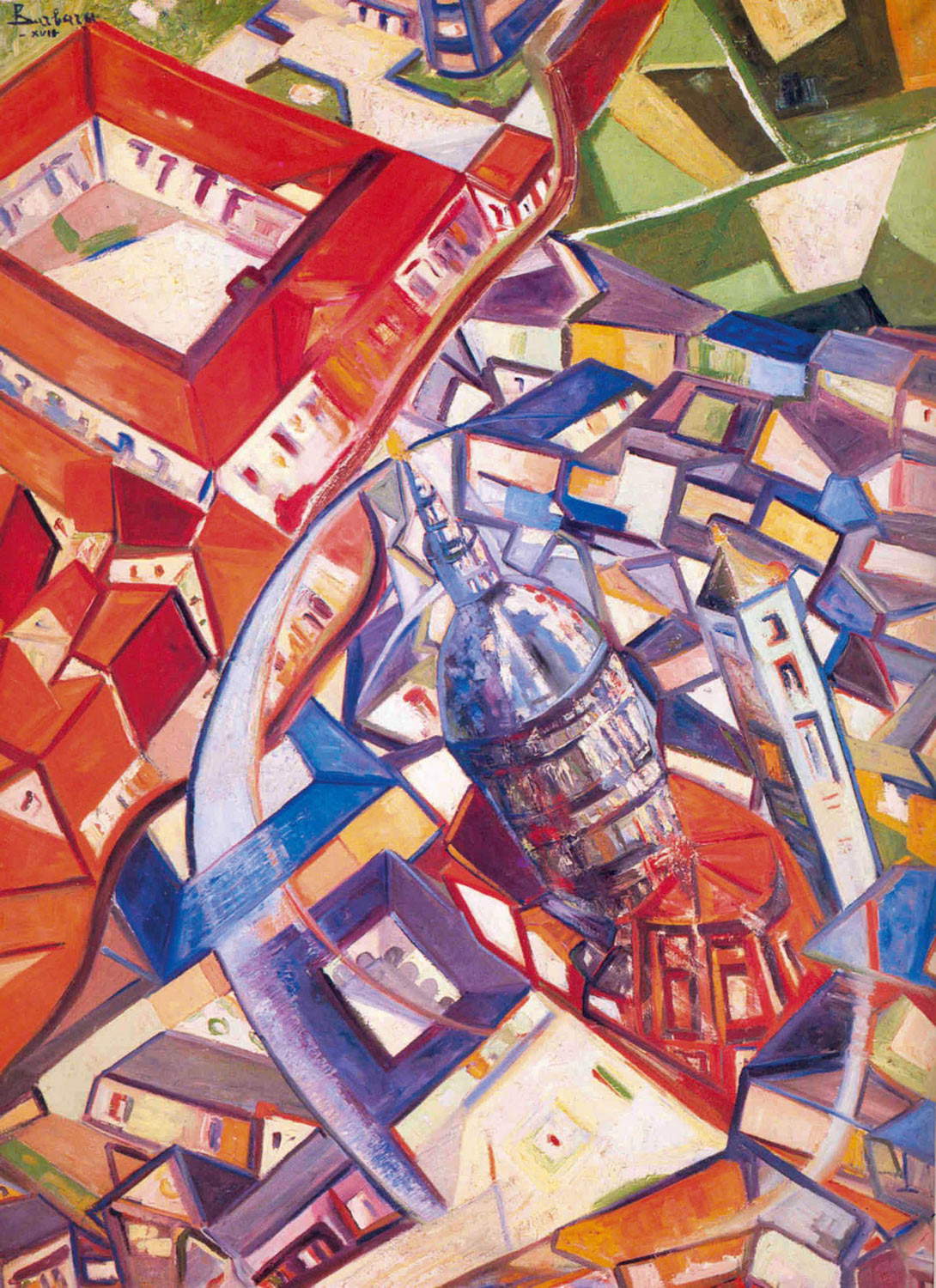
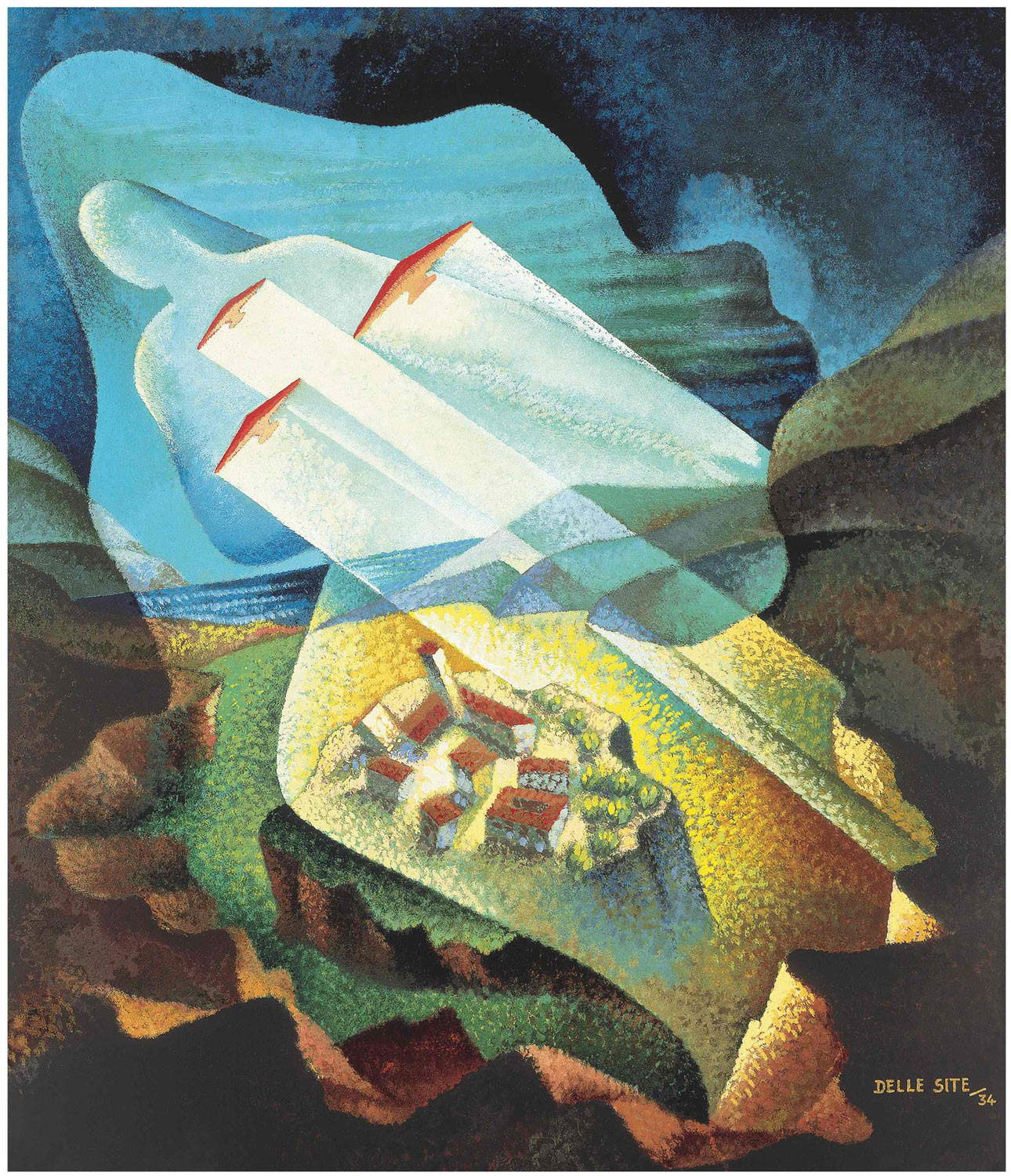
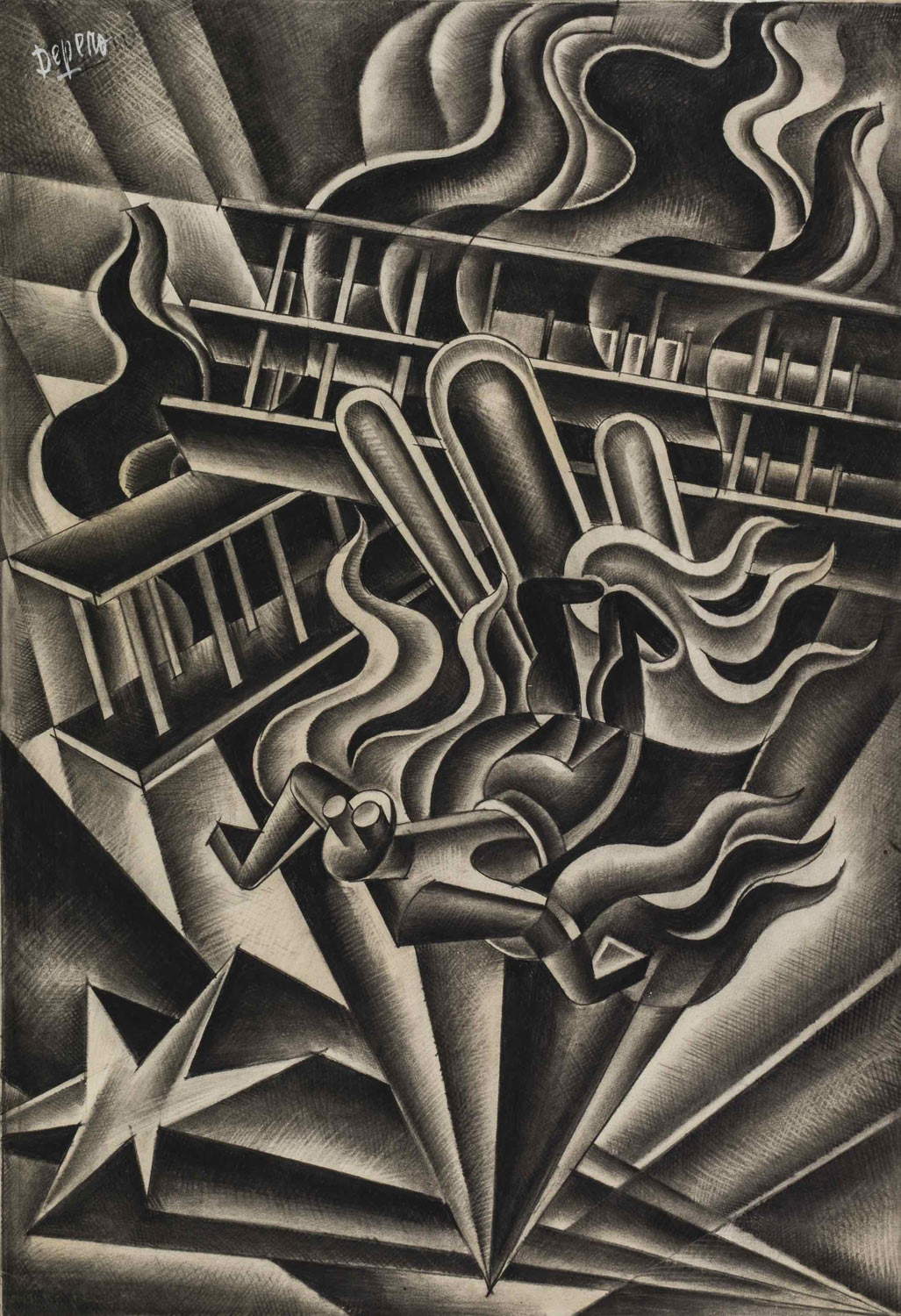
 |
| At the Labirinto della Masone a major exhibition on Futurist aeropainting with one hundred works |
Warning: the translation into English of the original Italian article was created using automatic tools. We undertake to review all articles, but we do not guarantee the total absence of inaccuracies in the translation due to the program. You can find the original by clicking on the ITA button. If you find any mistake,please contact us.



























